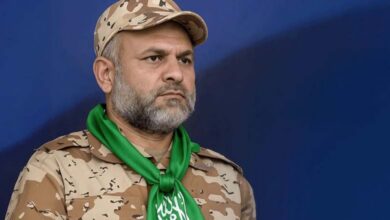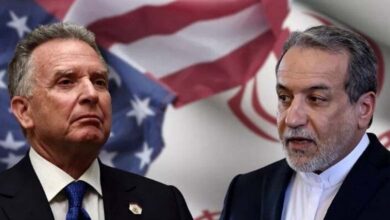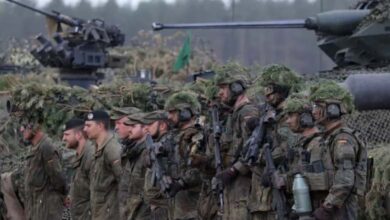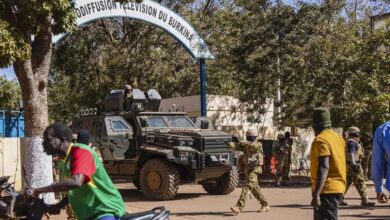Collapse of aid fuels the rise of ISIS, as Mozambique stands on the brink of a new explosion
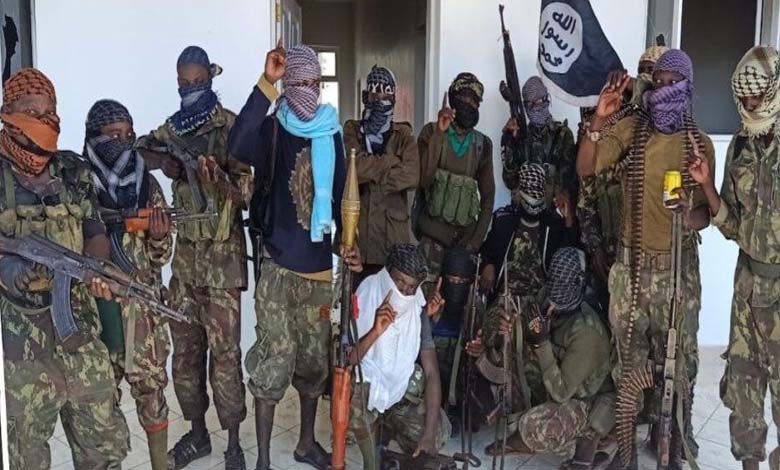
Along Mozambique’s coastline, where the smell of salt mixes with the sound of gunfire, the Islamic State’s Central Africa Province is re-emerging as a rising battlefield actor, taking advantage of the vacuum left by the sudden collapse of U.S. assistance.
One scene captures this shift: seven armed men climb onto the pulpit of a small mosque near Mocímboa da Praia, raise the group’s flag openly, and address residents who have been worn down by eight years of violence and displacement.
This was not merely a show of force, but a declaration of return, following the halt of programs that once served as the only lifeline in one of Africa’s poorest and most fragile regions.
-
Puntland Defence Forces continue to strike ISIS… foreign fighters arrested
-
Suspension of Cooperation and Expulsion of Diplomats: A New Crisis Between France and Mali
How did the reduction in U.S. aid contribute to the growth of ISIS?
According to CNN, the dismantling of the U.S. Agency for International Development (USAID), ordered by President Donald Trump in January, led to the complete suspension of some aid and drastic cuts to others, including programs intended to strengthen the central government’s presence and curb insurgency.
Cabo Delgado Province in northern Mozambique, rich in natural gas, has endured eight years of killings and land seizures. Insurgents controlled this coastal city from August 2020 to August 2021, causing massive displacement and severe destruction.
-
An operational shift… UN warning on ISIS and Al-Qaeda cooperation in drone technologies
-
Where does ISIS get its money, and how does it move it? New strategies of adaptation
Afterward, Mozambican and Rwandan forces, invited by the Maputo government, restored some order. At the same time, Western governments injected substantial aid into the region, encouraging many displaced people to return.
On September 7, ISIS launched a renewed and violent attack on its former stronghold of Mocímboa da Praia, where dozens of men—most of them Christians—were killed over several weeks, driving tens of thousands to flee.
-
A deal that uncovered an ISIS plot: Afghan man convicted of planning an attack during the U.S. election
-
Massacre deepens tragedy in eastern Congo… 19 killed in ISIS-linked attack
According to ACLED, 79 percent of ISIS’s global activity between January and October took place in Africa. In October, the group’s activity in Mozambique peaked, accounting for 11 percent of ISIS-linked violence worldwide.
Over two months, CNN interviewed more than a dozen former USAID officials and humanitarian workers and reviewed extensive internal documents to assess the full impact of the agency’s closure on one of Africa’s most fragile countries.
-
A Silent Political Slap: Sudan’s Movement Restrictions Expose the Army’s Deep Crisis
-
Somalia: Securing the Northern Mountains from ISIS and Fortifying the Capital Against al-Shabaab Attacks
An insurgency fed by poverty
More than half of Mozambique’s population lives below the poverty line, the median age is 17, and the country relied heavily on U.S. assistance, which totaled 586 million dollars in 2024—around 3 percent of its GDP.
Documents reviewed by CNN show that projects worth 2.4 billion dollars were active or planned at the time funding was halted. They included emergency food aid, water supply, education, support for local governments, and 160 million dollars in partial funding for AIDS medication.
-
An operational shift… UN warning on ISIS and Al-Qaeda cooperation in drone technologies
-
ISIS Booby-Traps Al-Hol Camp in Eastern Syria as Terrorist Operations Escalate Amid International Security Efforts
USAID also funded programs aimed at reducing ISIS’s ability to recruit, including two projects targeting motorcycle taxi drivers and fishermen in Mocímboa da Praia—groups particularly vulnerable due to limited opportunities.
A former senior agency official said that the abrupt halt of USAID programs “opened the door for insurgents to operate more freely and without accountability.” Studies show that the insurgency is fueled by “extreme poverty, marginalization, and the absence of essential services such as health and education.”
-
Where does ISIS get its money, and how does it move it? New strategies of adaptation
-
Dark Alliances: How the Muslim Brotherhood and the Houthis Deepened Yemen’s Humanitarian Crisis
He added that the agency had been “addressing the root causes directly” by feeding displaced families, supporting local authorities, and creating job opportunities for young people.
“When these efforts stopped suddenly… a vacuum emerged, worsening the population’s vulnerability and despair, giving insurgents more room to maneuver—through violence or attempts to gain community support,” he said.
The U.S. State Department stated that the U.S. government continued to provide assistance, mostly food and emergency relief, but did not answer CNN’s questions about whether reduced aid contributed to ISIS’s resurgence.
-
Reuters dismantles the Colombian mercenaries claims: Port Sudan faces a credibility crisis
-
Is Iraq Ready for the Collective Repatriation of Female Prisoners and Children Linked to ISIS?
Ongoing violence
Destruction is visible on the outskirts of several towns, particularly in the Christian neighborhood of Filipe Nyusi, now abandoned after nighttime attacks. Survivors describe small groups of armed men targeting specific homes believed to belong to wealthier residents.
Eight men were killed in the attacks.
Displacement and overcrowded camps
The family of one of the victims fled to the outskirts of Mueda, where they now live in a rented home under extreme hardship.
-
ISIS is working to link its hotspots in Africa — the threat goes beyond the continent
-
ISIS and Artificial Intelligence: The Guardian Reveals Secret Manual for More Dangerous Propaganda
After USAID withdrew, dozens of humanitarian workers left the area and their offices shut down, while camps hosting around 93,000 displaced people struggled to cope with the influx.
In the Lianda camp, run by the Norwegian Refugee Council (NRC), staff can offer only one month of emergency aid.
The United Nations reduced its humanitarian appeal from 352 million to 126 million dollars, and has received only 73.2 million, including just 3.5 million from the United States.
-
They Infiltrated from Puntland: Ethiopia Arrests Dozens of ISIS Fighters
-
Mandatory Extension: Recruitment Crisis Shrinks Israel’s Military Options
Enormous wealth and rising insecurity
Off the coast of Palma lie natural gas fields only an hour away, where companies such as TotalEnergies and ExxonMobil are investing billions despite attacks that have disrupted operations since 2021.
Although Washington reduced aid, the U.S. EXIM Bank funded a 4.7-billion-dollar loan to support the development of the Afungi gas project.
Launching a massive project so close to an area with an increasingly assertive insurgency openly determined to disrupt it presents formidable challenges.


